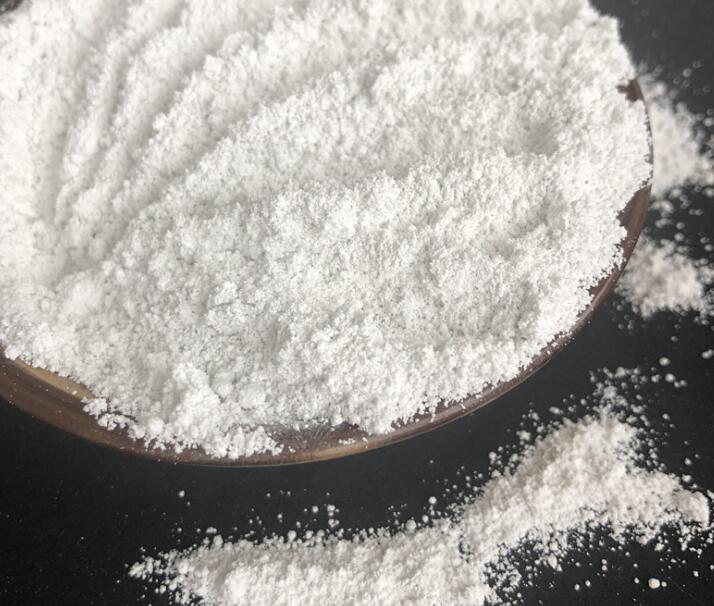Magnesium oxide-magnesium sulfite wet flue gas desulfurization technology (MgO-MgSO3 WFGD): an environmentally friendly solution for industrial emissions

Reducing harmful sulfur dioxide (SO2) emissions is critical in coal-fired power plants and other industrial processes. Magnesium oxide-magnesium sulfite wet flue gas desulfurization technology (MgO-MgSO3 WFGD) is a highly efficient solution that uses magnesium oxide (MgO) as an absorbent to react with SO2 in flue gas and convert it into magnesium sulfite (MgSO3), thereby achieving effective removal of SO2.
Technical principle
The core of the technology lies in the absorption process, in which the flue gas passes through an absorption tower containing a magnesium oxide suspension, causing SO2 to react with MgO in water to form magnesium sulfite. The chemical equation is as follows:
MgO+SO2+H2O→MgSO3⋅H2OMgO+SO2+H2O→MgSO3⋅H2O
During the oxidation process, part of the magnesium sulfite is further oxidized to magnesium sulfate (MgSO4) under the action of oxygen, which enhances the stability of the system and simplifies the handling of by-products.
2MgSO3+O2→2MgSO42MgSO3+O2→2MgSO4
In some cases, magnesium sulfite can be converted into magnesium oxide and sulfur dioxide by heating or other methods to achieve the recycling of absorbent. Usually, the magnesium sulfate produced is used as a valuable byproduct, such as a fertilizer component.
Technical advantages
· High-efficiency desulfurization: The high reactivity of magnesium oxide significantly improves the desulfurization efficiency.
· Operational flexibility: Adjusting the absorbent concentration and flow rate according to the working conditions shows strong adaptability.
· Environmental friendliness: The utilization of magnesium sulfate byproduct reduces waste emissions and has a positive impact on the environment.
· Small space occupation: Compared with other desulfurization technologies, the MgO-MgSO3 WFGD system occupies less space.
Application challenges
Although MgO-MgSO3 WFGD technology has significant advantages, it also faces cost and operational challenges, such as the relatively high cost of magnesium oxide and scaling problems that may occur in long-term operation. Through technological innovation and optimization, these obstacles can be overcome to achieve more economical and efficient desulfurization effects.
Magnesium oxide-magnesium sulfite wet flue gas desulfurization technology (MgO-MgSO3 WFGD) is an effective method to reduce SO2 in industrial emissions. It provides a reliable solution for industrial emission control in an efficient, flexible and environmentally friendly way. Despite the challenges, this technology is expected to play a greater role in the future through continuous technological advancement.








